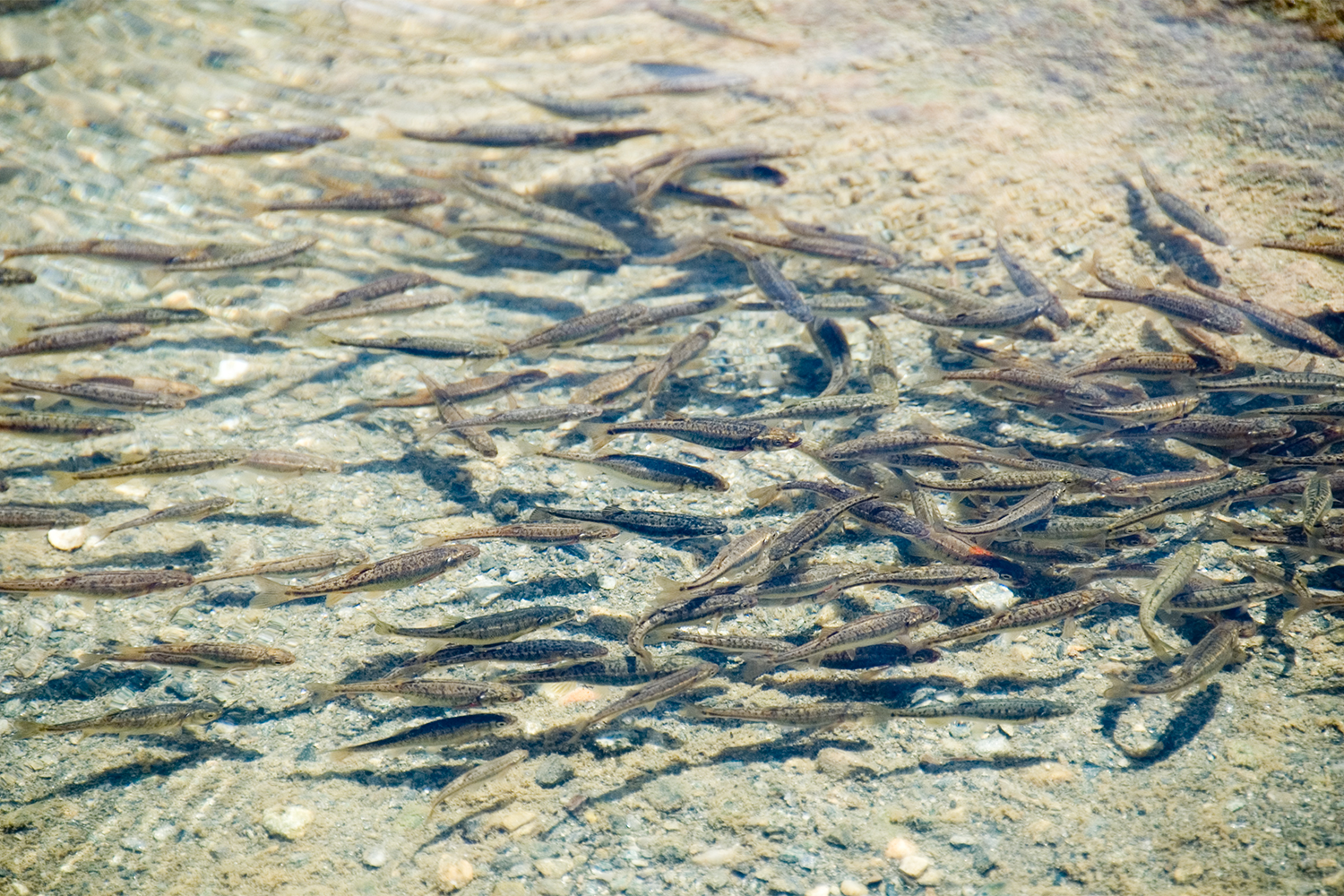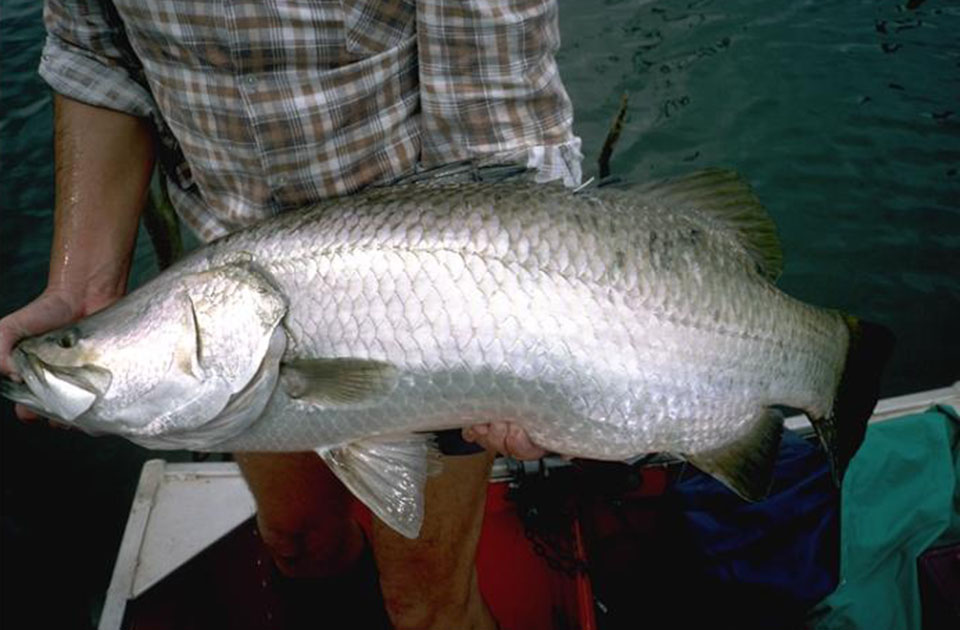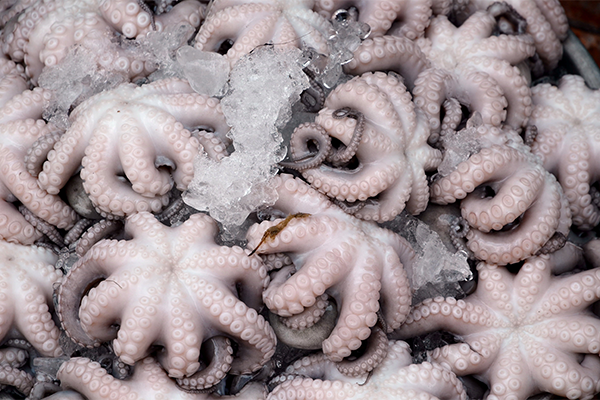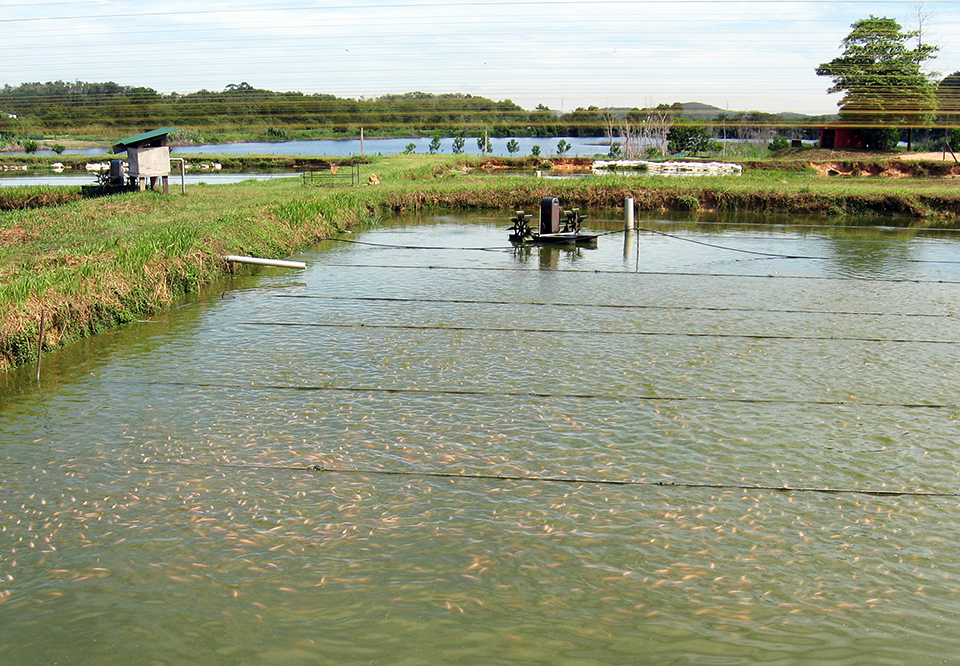Temperature affects salmonid life history traits via metabolic rates, food consumption and phenotypically plastic effects

Fish are vulnerable to temperature increases because their body temperature varies with that of the surrounding water and the oxygen content in water is low and decreases when the water becomes warmer. Higher temperatures also have sublethal effects, such as changes in biochemical reactions in the body and ecological traits such as growth, body size, age at maturity and behavior. Many of the ecological changes in species are linked to changes in life history and behavioral traits.
Salmonidae is an important fish family not only economically but also culturally and ecologically. These species provide food for millions of people, as well as recreation and sport, and they play key roles in ecosystem functioning and health. However, many salmonid species are in decline because of a multitude of human-induced pressures, including climate warming.
Climate warming concerns Salmonidae because they are cold water species with high oxygen demands. Oxygen has low solubility in water, and dissolved oxygen content in fully saturated water decreases by approximately 2 percent per 1 degrees-C increase in temperature within the thermal niche of salmonids. The species become stressed when the temperature increases above their normal thermal niche and go extinct if temperatures increase too quickly or too much. The optimal temperatures for growth of the juveniles of most species are around 15 degrees-C, and thermal stress and death occur between 20 and 30 degrees-C.
This article – summarized from the original publication (Jonsson, B. 2023. Thermal Effects on Ecological Traits of Salmonids. Fishes 2023, 8(7), 337) – presents the results of a literature review of thermal influences on metabolic rates; aerobic scope; growth; adult body size; and reproductive and behavioral traits such as tendency and timing of migration of salmonid fishes.
Study setup
This study reviewed and summarized the literature on how water temperature – via influences on metabolic rates and growth – affects life history traits of salmonid fishes. In addition, the temperature during embryogenesis and early life of the organisms may have phenotypically plastic knock-on effects on these traits through epigenetic mechanisms.
Epigenetics is the study of how an organism’s environment and behavior can cause changes that affect the way its genes function. Unlike genetic changes, epigenetic changes are reversible and do not change the sequence of DNA sequence but can change how a DNA sequence is read.
Many examples from studies of brown trout and Atlantic salmon are included, and examples of direct thermal effects and how the temperature during early life stages causes phenotypic changes later. For additional information refer to the original publication.
Temperature effects
Temperature has a pervasive and direct effect on the biochemical and physiological functions of cold-blooded animals and a strong influence on life history traits. Temperature regulates metabolism and aerobic scope, growth, body size, gonadal size, behavioral locomotion and phenological patterns. Variations in thermal responses are caused by inherited differences, such as that of metabolic rates. The among-individual differences in metabolism appear to have fitness-related effects and be related to individual differences in growth, body mass, reproduction, survival, behavior, and phenology. Thus, temperature plays an important role in determining the evolutionary trajectories of species.
In addition to the direct phenotypic effect of temperature, recent research suggests that embryo and larval temperature or the temperature experienced by parents may affect life history traits. Although not extensively investigated, these latter findings indicate that past temperatures may prepare offspring for conditions that they may encounter later in life.
Some of these effects, such as that on growth, appear to be strongest early in life, whereas others, such as that on migration, may also influence the phenology of adults. These latter knock-on effects have been demonstrated for Atlantic salmon and brown trout, and effects on growth have also been demonstrated for other species like common carp, haddock, and Senegalese sole.
There are also transgenerational effects of temperature. For instance, the temperature during egg maturation prior to fertilization influences egg size, gonad size and the amount of energy available for the offspring after hatching. These thermal effects are transferred to the next-generation offspring of Atlantic salmon and may positively affect early juvenile growth in a warmer climate.
Knock-on effects of previous temperature appear to parallel changes observed among conspecific populations living under different thermal regimes. These effects reduce phenotypic differences among individuals experiencing different climatic conditions. However, there is an urgent need for further research on transgenerational, thermal effects on the ecology of fishes and the mechanism by which they are transferred from parents to offspring.
Genomic selection for resistance to White Spot Syndrome Virus in Pacific white shrimp
Phenotypic plasticity
Phenotypic plasticity (changes in an organism’s behavior, morphology and physiology in response to a unique environment) in thermal response appears to be initiated by influences experienced during a sensitive period, although the consequences may be long-lasting after the sensitive period. Such processes initiated by early priming are referred to as adaptive developmental plasticity. Typically, thermal conditions during early development or at a parental phase may have effects that change developmental trajectories, which may be helpful later in life. The influences stimulate genotypes to express different phenotypes in response to thermal differences during early development.
For instance, knock-on effects that are initiated by cues or imprints experienced in individuals’ early life, transferred as a parental effect, or induced at embryo or larval stages may affect developmental trajectories, activities, and resource allocations within an organism’s life span. The effects may be short-term or long-term and prepare individuals for conditions that they may encounter later, thereby buffering otherwise detrimental effects of environmental change.
DNA methylation
The mechanisms involved in thermal plasticity have not been extensively investigated. However, DNA methylation (a biological process that can change the activity of a DNA segment without changing the sequence) is sensitive to thermal climate and may be involved. There is an inverse relationship between DNA methylation and body temperature when maintained over evolutionary time. DNA methylation links thermal conditions to subsequent changes in genetic expressions, but the response differs among iso-genetic lines, as shown for rainbow trout. There are also examples from other fish families suggesting effects of temperature on DNA methylation. Both in early and later life, temperature change may lead to DNA methylation.
Future research
Little is known about how temperature influences the distributions of salmonid species. Finstad et al. hypothesized that differences in temperature-dependent growth efficiencies were a main reason for differences in distributional patterns of brown trout and Arctic charr. Their thermal optima are similar, but Arctic charr outcompete brown trout in cold and ultraoligotrophic lakes and rivers because they have twice as high growth efficiency in cold water. Little is known about the degree to which a similar effect may influence the distributional patterns of other salmonids. They all have similar thermal niches, but differences in metabolic rates and growth efficiencies may still exist. Such knowledge is important in understanding geographical distributions, immigration, and local extinction of species.
Research supports the hypothesis that thermal conditions early in life affect life histories of organisms. It is important to identify to what degree developmental plasticity is adaptive. Influences encountered by organisms long before experiments start can affect the results. If not considered, this may lead to incorrect interpretations of trait differences. One may believe that observed differences are genetically adapted, while they may be an early environmental effect. Such misinterpretation may lead to incorrect decisions when managing populations under climate change.
Epigenetics appear to be central in the understanding of how the early thermal environment affects the development of phenotypes. There are examples suggesting a role of epigenetics in developmental plasticity. However, the field of epigenetics is still young, and I expect that many new studies soon will be performed to better understand how environmental temperature influences the ecology of salmonid fishes. Studies using whole-genome approaches should be performed, as such studies may reveal new relationships between phenotypes and epigenetic determinants.
There is strong evidence supporting the hypothesis that thermal cues experienced at an early stage in life can affect the development of organisms, with consequences for life in environments encountered at a later stage. However, at present, there is little if any knowledge about the energetic costs involved in thermal plasticity and whether thermal plasticity is adaptive and affects fitness. Such tests are needed, as populations’ responses in changing environments are critical to their persistence. Their capacity to exhibit adaptive plasticity to a warmer climate may determine their future success.
Perspectives
Temperature has pervasive effects on growth, life history and behavioral traits of salmonid fishes. This is caused by a direct effect on metabolic rates and food consumption. Intraspecific genetic variability in these thermal effects needs further investigation. In addition, there is an indirect, phenotypically plastic effect induced by temperature during embryogenesis and early life, as well as possibly by temperatures experienced by mothers during maturation.
This phenotypically plastic response may preadapt offspring to perform better in anticipated future thermal environments. An epigenetic mechanism may be responsible for the phenotypic effect. Future research should investigate this and other possible epigenetic mechanisms and how they may influence fitness and induce alternative phenotypes.
Now that you've reached the end of the article ...
… please consider supporting GSA’s mission to advance responsible seafood practices through education, advocacy and third-party assurances. The Advocate aims to document the evolution of responsible seafood practices and share the expansive knowledge of our vast network of contributors.
By becoming a Global Seafood Alliance member, you’re ensuring that all of the pre-competitive work we do through member benefits, resources and events can continue. Individual membership costs just $50 a year.
Not a GSA member? Join us.
Author
-
Dr. Bror Jonsson
Norwegian Institute for Nature Research, Sognsveien 68, N-0855 Oslo, Norway
[111,110,46,97,110,105,110,64,110,111,115,115,110,111,106,46,114,111,114,98]
Tagged With
Related Posts

Aquafeeds
A look at protease enzymes in crustacean nutrition
Food digestion involves digestive enzymes to break down polymeric macromolecules and facilitate nutrient absorption. Enzyme supplementation in aquafeeds is a major alternative to improve feed quality and nutrient digestibility, gut health, compensate digestive enzymes when needed, and may also improve immune responses.

Health & Welfare
DNA microarrays: New face of aquaculture genetics?
DNA microarray technology involves the individual spotting or printing by a robot of up to 10,000 DNA sequences onto a microscope glass slide.

Fisheries
Research explores how international policy can best impact cephalopods
A new study identified how international policy can increase the sustainability of the global cephalopod food system.

Responsibility
Assessing the carbon footprint of aquaculture
A carbon footprint is an estimate of the total carbon emissions resulting from the production, use and disposal of a product or service. Carbon footprints for aquaculture products result mainly from the use of manufactured feed and mechanical aeration.



